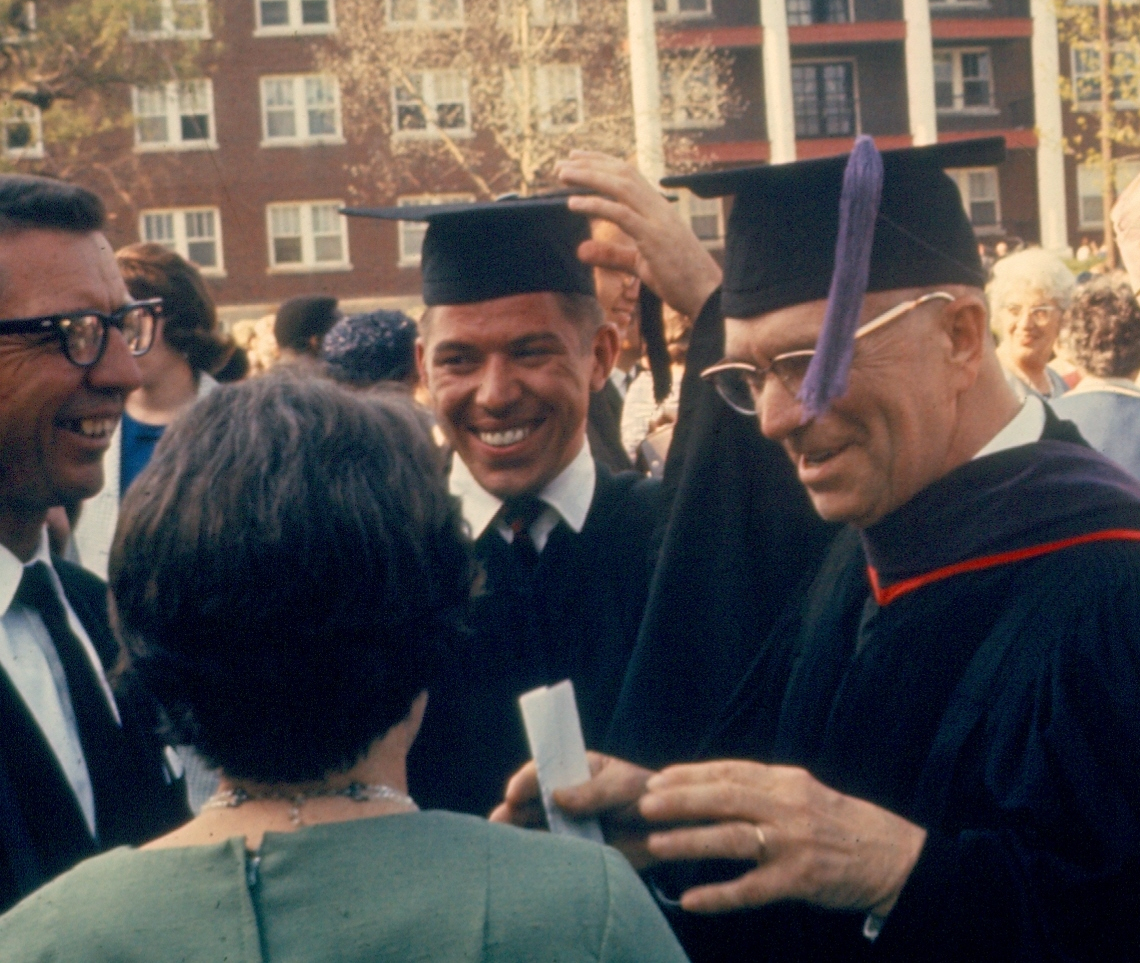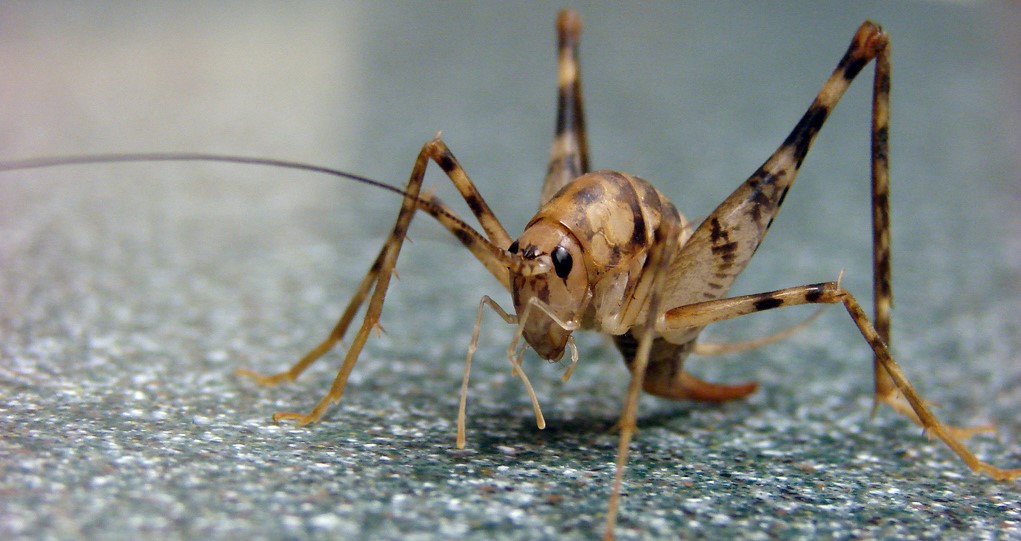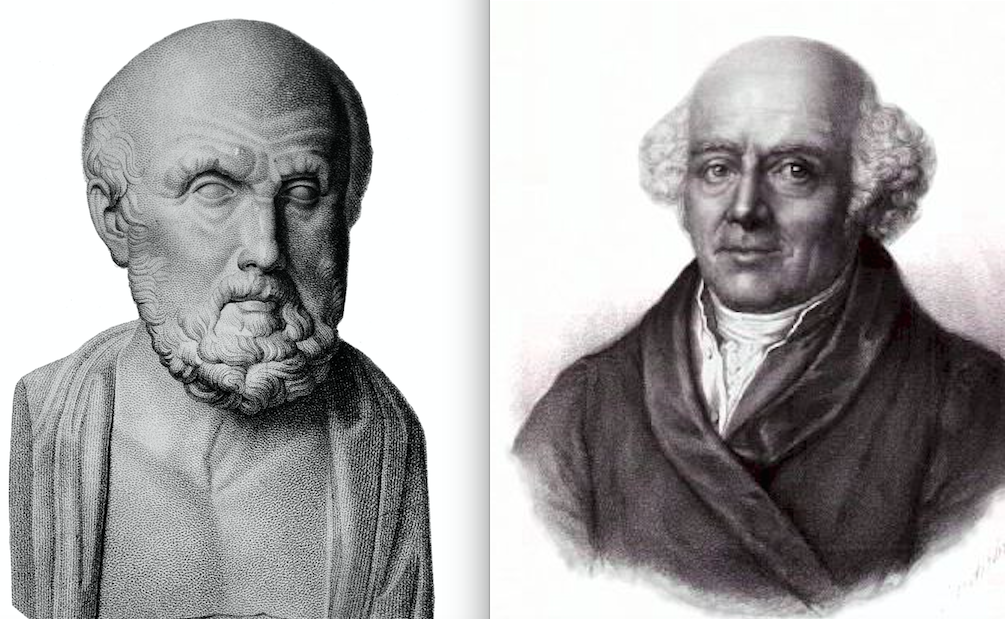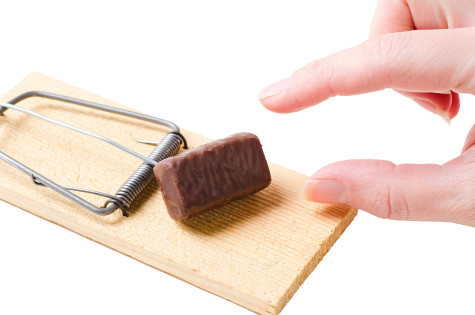 On February 29, after having lunch in Hood River, Oregon, Kozen Sampson drove to a quiet neighborhood to take his dogs for a walk. He was getting out of his car, he says, when a man with brown hair approached and kicked his car door. The door smacked Sampson in the ear, knocking his head against the door frame.
On February 29, after having lunch in Hood River, Oregon, Kozen Sampson drove to a quiet neighborhood to take his dogs for a walk. He was getting out of his car, he says, when a man with brown hair approached and kicked his car door. The door smacked Sampson in the ear, knocking his head against the door frame.
Then Sampson, stunned and bleeding, heard his assailant say: “F—ing Muslim!”
Sampson has been a Buddhist monk for many years, and he was wearing his customary plain brown robes. He’s the founder of the Mount Adams Zen Buddhist Temple in Trout Lake, Washington—about 30 miles from Hood River, and not far from where I live in Washington state—and after his attacker ran off, he managed to stop the bleeding and drive home to the temple.
Sampson initially decided not to report the incident, but a friend convinced him that it needed to be made public, so on March 2, he called the Hood River police. (The police have not yet identified any suspects.) Later that week, Sampson told the Hood River News:
I am happy it happened to me and not to a Muslim. My biggest concern is for how anyone has to live with the fear and the distrust and the possibility of an assault.
I am happy it happened to me and not to a Muslim. I’d like to think that’s how I’d react to a whack on the head from a bigot, but I’m not sure I have it in me. Continue reading

 HELEN: I like bugs. I started a Ph.D. in ants (and quit, but still think ants are awesome). I have blogged in this space about butterflies. I think the coming of the 17-year-cicadas is one of the most exciting things that happens in the world. My record is quite clear on this: me and bugs, we have no dispute. But I make an exception for camel crickets. They are horrible. Just horrible.
HELEN: I like bugs. I started a Ph.D. in ants (and quit, but still think ants are awesome). I have blogged in this space about butterflies. I think the coming of the 17-year-cicadas is one of the most exciting things that happens in the world. My record is quite clear on this: me and bugs, we have no dispute. But I make an exception for camel crickets. They are horrible. Just horrible.

 March showed up last week, on little cat feet rather than lion paws. A gentle snow jacketed the crocuses before watering their roots. The least patient daffodils opened, heads dipped against any last-ditch icy gusts. Spring’s legs are wobbly, but she’ll find her stride soon enough.
March showed up last week, on little cat feet rather than lion paws. A gentle snow jacketed the crocuses before watering their roots. The least patient daffodils opened, heads dipped against any last-ditch icy gusts. Spring’s legs are wobbly, but she’ll find her stride soon enough.
